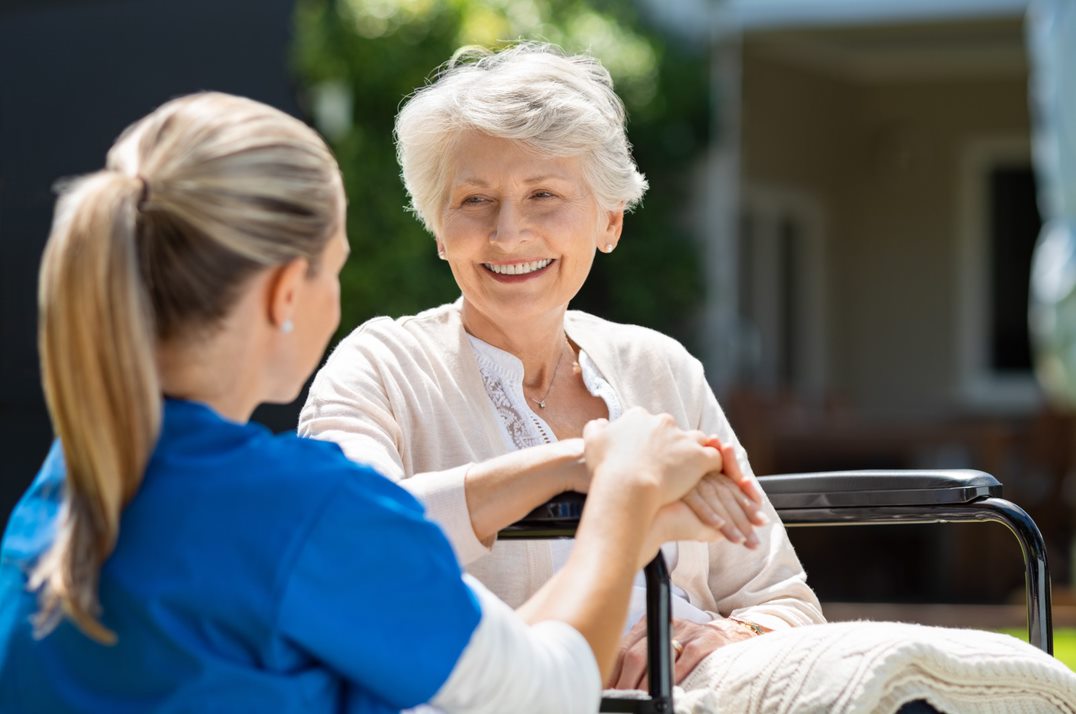The Ultimate Guide To Dementia Fall Risk
Dementia Fall Risk for Dummies
Table of ContentsDementia Fall Risk - An OverviewSome Known Details About Dementia Fall Risk The Single Strategy To Use For Dementia Fall RiskWhat Does Dementia Fall Risk Do?Dementia Fall Risk - The Facts
The FRAT has 3 sections: drop threat condition, danger element checklist, and activity strategy. An Autumn Risk Standing consists of data about background of recent falls, medications, emotional and cognitive standing of the client - Dementia Fall Risk.If the individual scores on a threat element, the corresponding number of factors are counted to the client's loss danger score in the box to the much. If a client's loss danger rating amounts to 5 or higher, the individual is at high threat for falls. If the person scores just four factors or reduced, they are still at some danger of dropping, and the nurse needs to use their ideal medical analysis to manage all autumn danger factors as component of a holistic care strategy.
These typical methods, as a whole, help establish a secure setting that reduces unintended drops and delineates core precautionary procedures for all people. Signs are vital for individuals at risk for drops. Doctor need to recognize that has the problem, for they are accountable for executing actions to promote individual safety and security and protect against drops.
The Single Strategy To Use For Dementia Fall Risk
For example, wristbands must include the person's last and initial name, date of birth, and NHS number in the UK. Details should be printed/written in black versus a white background. Just red color should be utilized to signal unique client status. These referrals are constant with existing advancements in patient recognition (Sevdalis et al., 2009).
Items that are also far might require the individual to connect or ambulate unnecessarily and can possibly be a risk or add to falls. Assists prevent the client from heading out of bed with no help. Nurses respond to fallers' telephone call lights much more swiftly than they do to lights initiated by non-fallers.
Visual problems can greatly trigger drops. Hip pads, when worn correctly, might reduce a hip fracture when autumn takes place. Maintaining the beds closer to the floor decreases the threat of drops and major injury. Putting the cushion on the flooring significantly minimizes loss threat in some healthcare settings. Low beds are created to decrease the range a patient falls after moving out of bed.
A Biased View of Dementia Fall Risk
People that are tall and with weak leg muscles that attempt to rest on the bed from a standing position are most likely to drop onto her explanation the bed due to the fact that it's also reduced for them to lower themselves safely. Additionally, if a high client attempts to stand up from a low bed without assistance, the patient is most likely to fall back down onto the bed or miss out on the bed and drop onto the floor.
They're designed to advertise timely rescue, not to avoid drops from bed. Audible alarms can likewise remind the person not to get up alone. Making use of alarm systems can also be a replacement for physical restraints. Apart from bed alarm systems, increased guidance for high-risk individuals also might help protect against falls.

Patients with a shuffling stride boost fall possibilities substantially. To decrease autumn threat, footwear need to be with a little to no heel, thin soles with slip-resistant walk, and sustain the ankle joints.
Top Guidelines Of Dementia Fall Risk
In a study, homes with adequate article source lights record fewer falls (Ramulu et al., 2021). Renovation in lights at home may lower autumn rates in older grownups.

Sitters are reliable for guaranteeing a safe and secure, protected, and secure environment. Studies demonstrated very low-certainty evidence that caretakers lower fall danger in intense care hospitals and just moderate-certainty that alternatives like video clip monitoring can reduce sitter use without enhancing autumn danger, suggesting that sitters are not as beneficial as originally thought (Greely et al., 2020).
The Greatest Guide To Dementia Fall Risk

Boosted physical fitness reduces the danger for drops and limits injury that is endured when fall transpires. Land and water-based exercise programs might be likewise valuable on equilibrium and stride and thus decrease the danger for falls. Water workout might add a favorable advantage on balance and stride for ladies 65 years and older.
Chair Increase Exercise is a straightforward sit-to-stand exercise that aids reinforce the muscle mass in the thighs and buttocks and enhances wheelchair and independence. The goal like this is to do Chair Rise workouts without utilizing hands as the client ends up being stronger. See resources section for a comprehensive instruction on how to do Chair Rise workout.